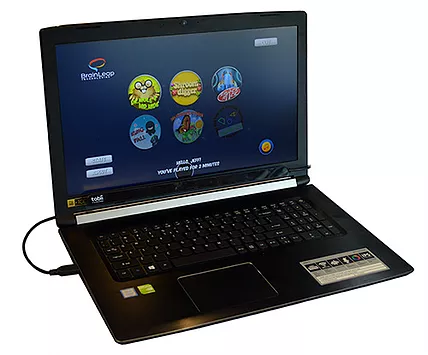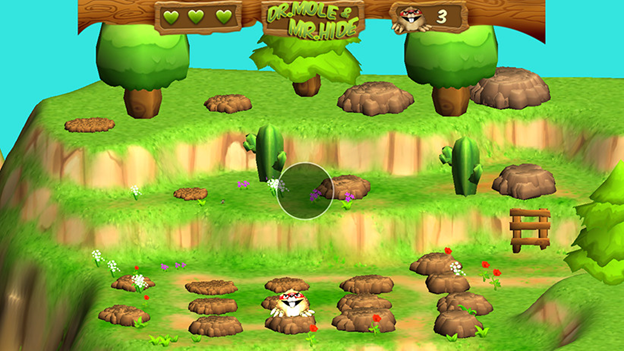With the right intervention, a child with autism or ADHD can improve attention and reduce distractions. BrainLeap's attention training games, developed at UC San Diego, can help children achieve more. Better attention regulation improves focus and leads to better academic outcomes.
Formats:
Windows 10 and requires an eye tracker

Website:
www.brainleaptech.com
What does Brainleap help with?
Training attention skills and reducing distraction. Better attention regulation improves executive function and academic success.
What at the student’s ages?
Ages 7+, with students 7-12 years of age being the most engaged with the games
Core/supplemental/special needs/extracurricular/professional development
Special needs students with attention challenges

Lesson time used:
20-30 minutes per day 3-5 times per week. More training per week results in faster improvements.
Pricing model:
Per system per year, which includes the computer, eye tracker, software, and training. One system can serve 15+ students per school year.
Additional Services:
Teacher training
What makes Brainleap unique?
The Attention Arcade harnesses the eye movement system to train the attention system by using an eye tracker to play the games. Where you look and where you plan to look is where you are putting your attention. The games leverage that connection to intensely train attention in a way no other system does.
What instructional design principles are at work here?

Each of the six games trains different aspects of attention. Initially, three games are unlocked: Dr. Mole & Mr. Hide trains the ability to quickly and accurately orient gaze, to monitor a wide range of view, and improve inhibitory control. Space Race trains fast attention, gaze shifts, and eye movement control. Shroomdigger trains gaze fixation control, sustained attention focus, and fast visual search.
After 60 minutes of play, attention assessments are triggered. The three assessments provide a baseline for measurable improvements in attention. By using assessments independent of the games, teachers can see that students are getting better at the different aspects of attention and not just getting better at the games.
After three hours of play, the other games begin to unlock as they are more challenging for students, combining different aspects of attention training in each of the games. At 7, 12, 16, and 20 hours of play, the assessments are triggered again to show a student’s progress over time.
The attention skills that students develop are foundational to executive function and support greater academic success.











